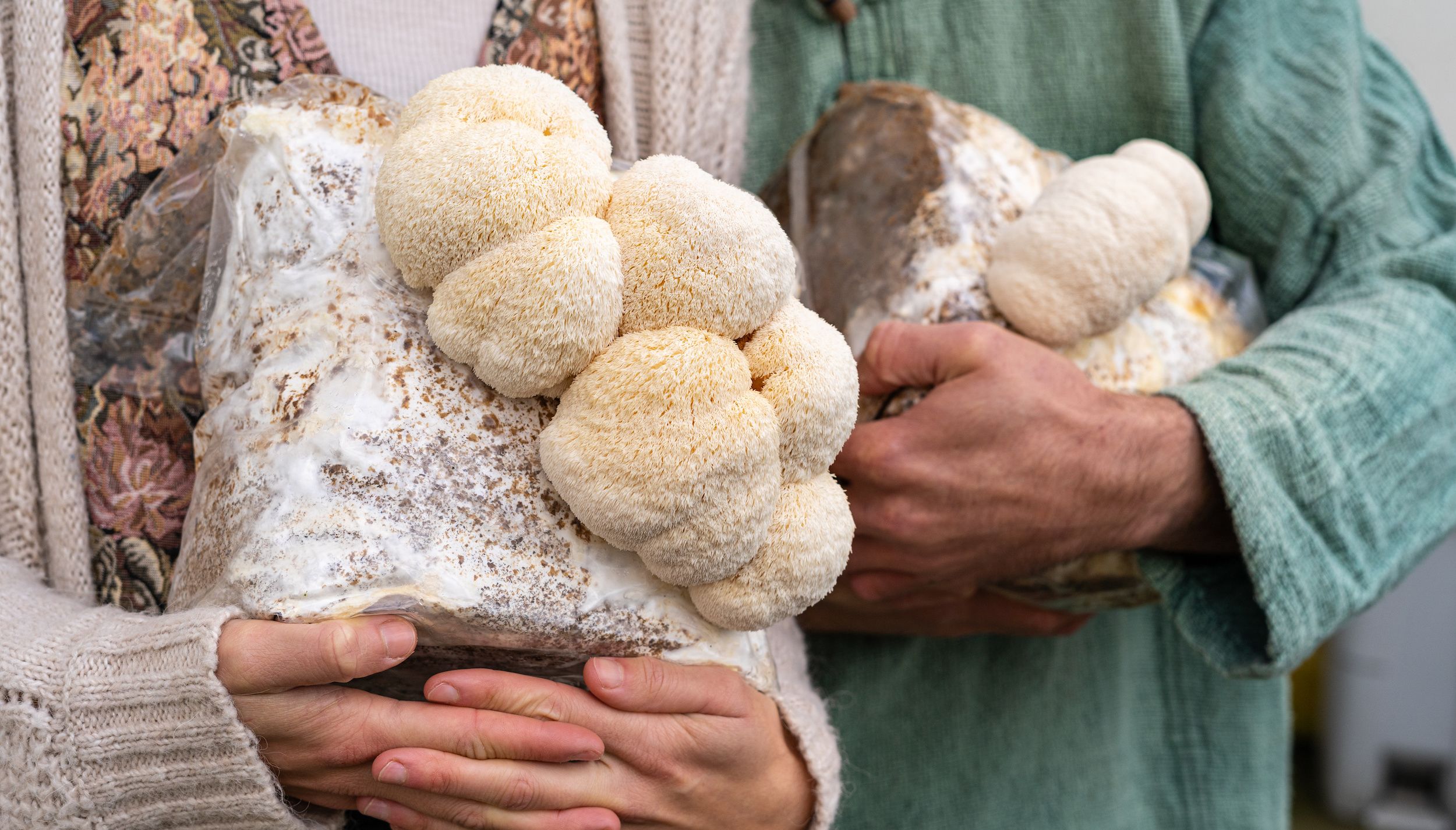In recent years, Lion’s Mane mushrooms uk have gained significant popularity, particularly in the UK, for their purported cognitive-enhancing benefits. These unique, shaggy fungi, known scientifically as Hericium erinaceus, have been used in traditional Chinese medicine for centuries. Modern research is now beginning to validate some of these ancient claims, particularly those related to cognitive function and brain health.
Lion’s Mane mushrooms contain bioactive compounds that are believed to stimulate brain cell growth and improve cognitive functions. One of the primary mechanisms by which Lion’s Mane exerts its effects is through the stimulation of nerve growth factor (NGF) synthesis. NGF is crucial for the maintenance, survival, and regeneration of neurons, which are essential for learning and memory.
A notable study published in 2009 in the journal Phytotherapy Research explored the cognitive benefits of Lion’s Mane mushrooms in humans. In a double-blind, placebo-controlled trial, 30 older adults with mild cognitive impairment were given Lion’s Mane supplements for 16 weeks. The results were promising: participants who received the mushroom supplement showed significant improvements in cognitive function compared to the placebo group. This study was one of the first to suggest that Lion’s Mane mushrooms could potentially delay the onset of dementia and Alzheimer’s disease.
Further research has explored the effects of Lion’s Mane on brain health in animal models. A study published in Biomedical Research in 2011 investigated the impact of Lion’s Mane on mice with chemically induced cognitive dysfunction. The findings revealed that the mice treated with Lion’s Mane extract demonstrated improved memory and learning capabilities. This was attributed to the mushroom’s ability to promote the expression of NGF, as well as its neuroprotective and antioxidative properties.
In addition to cognitive enhancement, Lion’s Mane mushrooms may also offer protective benefits against neurodegenerative diseases. Researchers at the University of Malaya have found that extracts from Lion’s Mane mushrooms exhibit neuroprotective effects, potentially slowing down the progression of conditions like Parkinson’s disease. The mushroom’s anti-inflammatory and antioxidative properties are believed to contribute to these neuroprotective effects, reducing oxidative stress and inflammation in the brain.
Lion’s Mane mushrooms are also being studied for their potential role in mental health. Some preliminary research suggests that they may help alleviate symptoms of anxiety and depression. A small study published in Biomedical Research in 2010 found that menopausal women who consumed Lion’s Mane cookies for four weeks experienced reductions in anxiety and irritation. Although these findings are promising, more extensive research is needed to fully understand the impact of Lion’s Mane on mental health.
The growing interest in natural nootropics has led to an increase in the availability of Lion’s Mane supplements, especially in regions like the UK where consumers are keen on natural health products. When selecting a Lion’s Mane supplement, it’s essential to choose a reputable brand that ensures high quality and bioavailability of the active compounds. Additionally, consulting with a healthcare professional before starting any new supplement regimen is advisable, particularly for individuals with preexisting health conditions or those taking other medications.
In conclusion, the research on Lion’s Mane mushrooms and cognitive function is still in its early stages, but the findings so far are encouraging. These mushrooms show potential not only in enhancing cognitive function and memory but also in protecting against neurodegenerative diseases and improving mental health. As interest in natural and holistic approaches to health continues to rise, Lion’s Mane mushrooms are poised to become a staple in the wellness routines of many individuals seeking to support their brain health and overall cognitive function.
